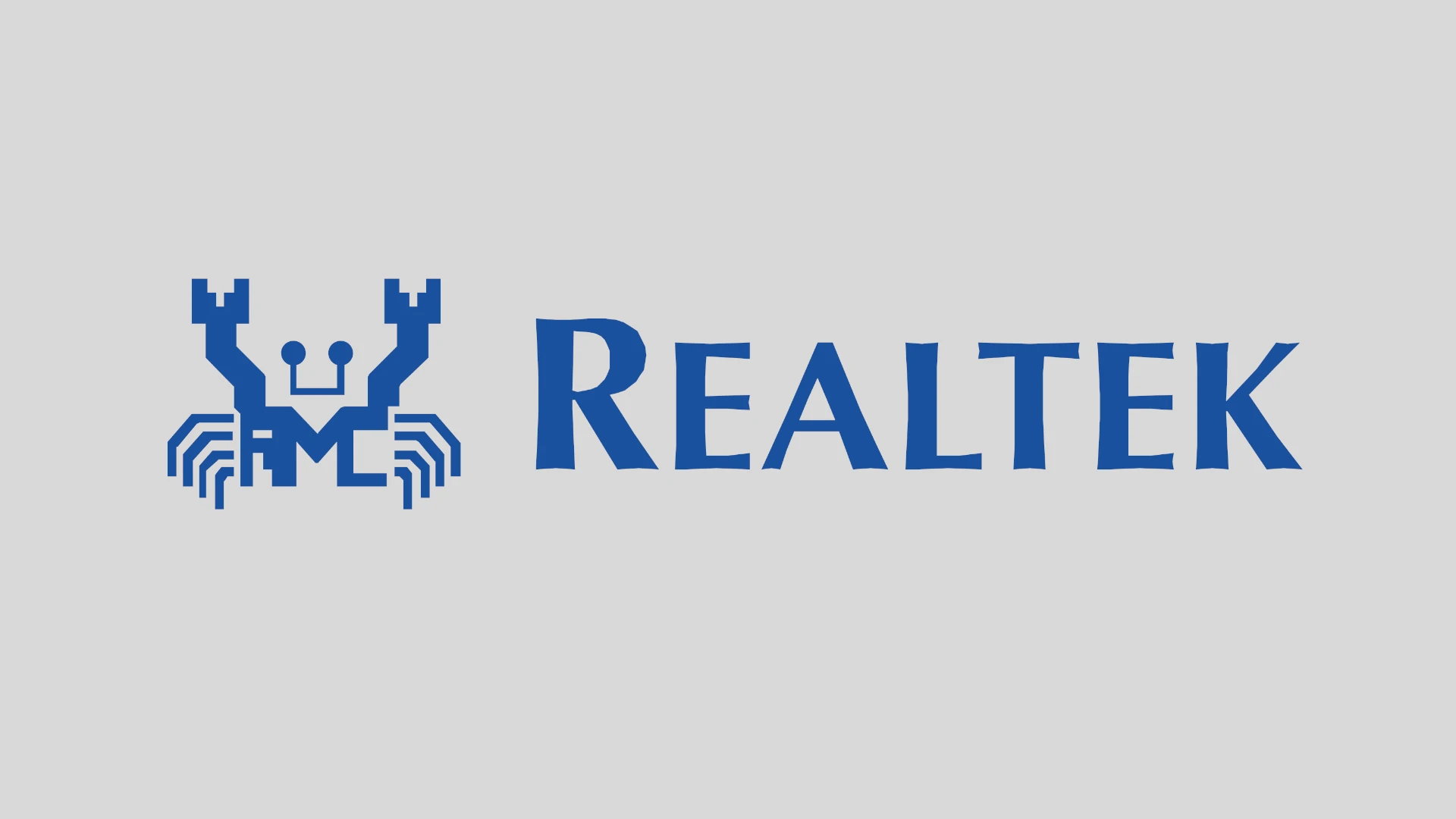Audio problems can be frustrating, especially when using Realtek audio devices on Windows. Many users face issues like poor sound quality, static noise, or no sound at all. To fix Realtek audio issues, start by updating your audio drivers and checking your audio settings. It’s important to note that Realtek doesn’t host drivers directly on their website, but rather, they distribute them through the manufacturer’s so you’ll visit the maker of your PC or controller card to get them. These simple steps often solve most common problems.
Windows 11 users may notice more audio issues after upgrading. This is a known problem, but there are ways to fix it. Troubleshooting steps can help improve sound quality and get rid of static or popping noises.
If basic fixes don’t work, you might need to dig deeper. Check your speaker connections and run the Windows audio troubleshooter. Sometimes, changing audio formats in the sound settings can also help. With a bit of patience, most Realtek audio problems can be solved.
Troubleshooting Realtek Audio Issues
Realtek audio is commonly found in Windows PCs, but sometimes it can act up. If you’re experiencing sound problems, here’s a guide to help you troubleshoot and get your audio back on track.
Basic Troubleshooting Steps
- Check the Obvious:
- Ensure your speakers or headphones are properly plugged in and the volume is turned up.
- Make sure the correct audio output device is selected in Windows. (Right-click the speaker icon in the system tray and select “Sounds” to check.)
- Try a different set of speakers or headphones to rule out hardware issues.
- Restart Your PC: A simple restart can often resolve temporary glitches.
- Check Audio Cables: Inspect your audio cables for any damage or loose connections.
- Test with a Different Application: See if the audio issue persists across different applications (music player, web browser, games) to isolate the problem.
Driver-Related Solutions
Note: Realtek doesn’t distribute drivers directly, only through the product vendors. So, for example, if your PC is built by HP and uses a Realtek audio driver, you would visit the HP drivers page https://support.hp.com/us-en/drivers and not the Realtek website. You can still get product and specification information on https://www.realtek.com/
- Update Realtek Audio Drivers:
- Go to your PC or card manufacturer’s support site to download the latest audio drivers for your system.
- Alternatively, use Device Manager in Windows to update the drivers automatically.
- Reinstall Realtek Audio Drivers: If updating doesn’t work, try uninstalling and reinstalling the drivers. This can often resolve corruption issues.
- Roll Back to Previous Drivers: If the issue started after a recent driver update, try rolling back to the previous version.
Windows Settings and Troubleshooting
- Run the Audio Troubleshooter: Windows has a built-in troubleshooter that can automatically diagnose and fix common audio problems.
- Disable Audio Enhancements: Sometimes, audio enhancements can interfere with proper sound output. Try disabling them in the Realtek Audio Manager or Windows sound settings.
- Check Sound Settings:
- Ensure the correct audio format is selected in the Realtek Audio Manager and Windows sound settings.
- Adjust the speaker configuration (stereo, surround sound) to match your setup.
Advanced Troubleshooting
- Check BIOS Settings: In some cases, audio settings in your PC’s BIOS might be causing conflicts. Refer to your motherboard manual for instructions on accessing and adjusting BIOS settings related to audio.
- Hardware Conflicts: If you recently installed new hardware, it might be conflicting with your audio devices. Try removing or disabling the new hardware temporarily to see if it resolves the issue.
- System Restore: If the audio problem started recently, try restoring your system to a previous point when the audio was working correctly.
Common Realtek Audio Issues and Solutions
| Issue | Possible Solutions |
|---|---|
| No sound at all. | Check volume levels, connections, audio output device selection, drivers, and run the audio troubleshooter. |
| Sound is distorted or crackling. | Update or reinstall audio drivers, disable audio enhancements, check audio cable quality. |
| Microphone not working. | Ensure the microphone is properly connected and selected as the input device, adjust microphone levels, check privacy settings. |
| Sound is too quiet. | Adjust volume levels, check speaker configuration, try a different audio output device. |
By following these troubleshooting steps, you can hopefully resolve your Realtek audio issues and enjoy clear, high-quality sound again.
Where To Get Realtek Drivers
Realtek generally provides drivers through the device manufacturers (like your motherboard or PC maker) rather than directly on their website.
Here’s a list of support websites for major PC manufacturers where you can find Realtek audio drivers:
| Manufacturer | Support Website URL |
|---|---|
| Acer | www.acer.com/support |
| Alienware (Dell) | www.dell.com/support |
| ASUS | www.asus.com/support |
| Dell | www.dell.com/support |
| HP | support.hp.com |
| Lenovo | pcsupport.lenovo.com |
| MSI | www.msi.com/support |
| Razer | mysupport.razer.com |
| Samsung | Samsung Software & Drivers |
| Toshiba | business.toshiba.com/support-drivers |
Tips for Finding the Right Drivers:
- Know your model: Have your PC model number or motherboard model name ready. This information is usually found on a sticker on the device or in your system information.
- Use the support website’s search function: Enter your model number to find the correct drivers.
- Look for “Drivers & Downloads” or “Support & Downloads”: Most manufacturer websites have a dedicated section for drivers.
- Filter by operating system: Make sure you download drivers that are compatible with your Windows version.
- Check the “Audio” or “Sound” category: This will narrow down your search to Realtek audio drivers.
If you’re having trouble finding the right drivers, you can also try contacting the manufacturer’s support directly for assistance.
Key Takeaways
- Update audio drivers and check settings to fix most Realtek audio issues
- Run the Windows audio troubleshooter to diagnose and fix sound problems
- Check physical connections and try different audio formats if issues persist
Diagnosing and Resolving Realtek Audio Problems
Fixing Realtek audio issues involves checking settings, updating drivers, using Windows tools, and managing services. These steps can help solve common audio problems on Windows 10 and 11 systems.
Checking Audio Settings and Enhancements
Start by checking your audio settings. Open the Control Panel and go to Sound. Right-click your speakers and select Properties.
Go to the Enhancements tab. Try turning off all sound effects. This can fix many audio issues.
Next, check the Levels tab. Make sure nothing is muted. Adjust the volume slider if needed.
On the Advanced tab, test different audio formats. Click the drop-down menu and select a format. Press Test for each one until you find one that works.
Updating or Reinstalling Realtek Audio Drivers
Outdated or corrupt drivers often cause audio problems. To update your Realtek drivers:
- Open Device Manager
- Expand “Sound, video and game controllers”
- Right-click “Realtek High Definition Audio”
- Select “Update driver”
If updating doesn’t work, try uninstalling and reinstalling:
- Right-click the Realtek device again
- Choose “Uninstall device”
- Restart your computer
- Windows will reinstall the driver automatically
You can also download the latest drivers from your manufacturer’s website. The Realtek website doesn’t have any drivers.
Utilizing Windows Troubleshooting Tools
Windows has built-in tools to fix audio issues. To use the audio troubleshooter:
- Open Settings
- Go to System > Sound
- Scroll down and click “Troubleshoot”
- Select “Playing Audio” and follow the steps
This tool can find and fix common audio problems automatically.
You can also try the System File Checker. Open Command Prompt as admin and type:
sfc /scannow
This checks for corrupted Windows files that might affect audio.
Managing Audio Services and System Restore
Audio services need to run for sound to work. Check these services:
- Press Win + R, type “services.msc”
- Find “Windows Audio” and “Windows Audio Endpoint Builder”
- Make sure both are set to “Automatic” and running
If services won’t start, a system restore might help:
- Type “Create a restore point” in the Start menu
- Click “System Restore”
- Choose a point before the audio issues started
- Follow the prompts to restore your system
This can undo recent changes that might have broken your audio.







